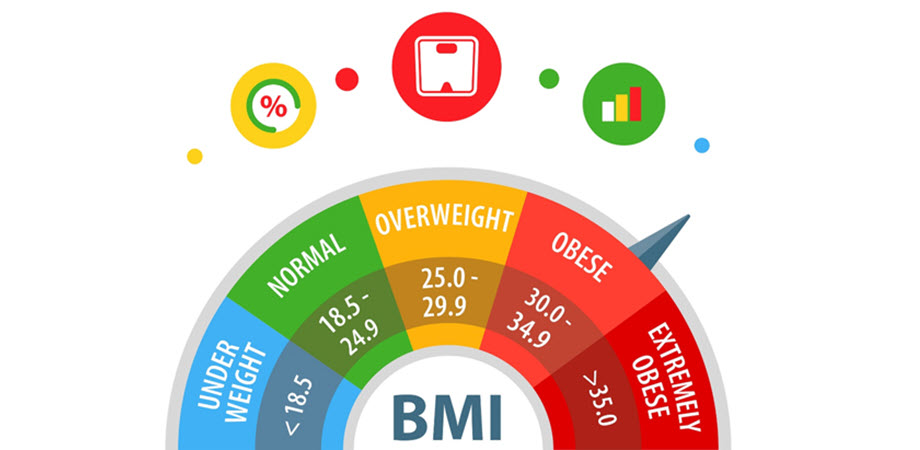Making wearable health devices responsive to obesity

Health and fitness are becoming more manageable, thanks to wearable devices and mobile applications promoting physical activity, calorie counting, and more. These technologies commonly rely on tracking activity and other biomarkers, such as heart rate and blood oxygenation, via body-worn sensors. Many of these sensors are optical in nature, so their functionality depends on the interaction of light with multiple layers of skin tissue and their constituents.
How reliable are wearables? Currently, reliability may depend on whether the body in question is overweight or has darker skin. Recent studies indicate that some wearables have higher levels of error, especially for bodies that have darker skin tones and elevated body mass index (BMI)—and error rates increase as you move from overweight individuals to those with severe obesity.
Toward improving the accuracy of health-dependent biomarkers in wearable devices, a team from Florida International University and Texas A&M University recently reviewed current knowledge of the different skin layer parameters that cause changes in optical properties. As reported in Journal of Biomedical Optics (JBO), they found that optical properties, such as absorption, scattering, autofluorescence, and optical propagation of the light through the skin, change with excess body fat.
Obesity increases the thickness of many skin layers, making some of the vasculature in the dermis harder to reach by light used in some of the wearables. Water concentration in the epidermal skin layer is also a factor: individuals with obesity have lower skin hydration. Similarly, the concentration of blood vessels in the skin is impacted by increased obesity. All these changes influence light absorption.
While it is well known that skin pigmentation governs light absorption, the team found that none of the data they reviewed addressed melanin production in the epidermal skin layer as dependent on or correlated with increasing BMI. They note that the high prevalence of obesity among African Americans and Hispanics makes melanin a noteworthy chromophore to factor into adequate light transport models for biomarkers.
Advocating for better evaluation of the limits of wearable health technologies when used by individuals with obesity, the team calls for experimental validation of their results, so that future models and optical methods may be confidently tailored to populations with obesity.
This is increasingly urgent as the prevalence of obesity is rising. In the US, according to the Centers for Disease Control and Prevention, it rose from 31 percent in 1999–2000 to over 42 percent in 2017–2018, and severe obesity increased from 4.7 percent to 9.2 percent.
According to corresponding author Jessica C. Ramella-Roman, whose Medical Photonics Laboratory at Florida International University led the study, "On the whole, this study highlights the need for better inclusion of diverse populations in all types of fundamental studies. Technology embodies assumptions regarding the optical properties of the skin and other biological environments, and those assumptions are based on research that was limited in terms of diversity. A more personalized approach is needed to better serve all groups."
Read the open access article by A. J. Rodriguez et al., "Skin optical properties in the obese and their relation to body mass index," J. Biomed. Opt. 27(3) 030902 (2022) doi 10.1117/1.JBO.27.3.030902.
| Enjoy this article? Get similar news in your inbox |
|



